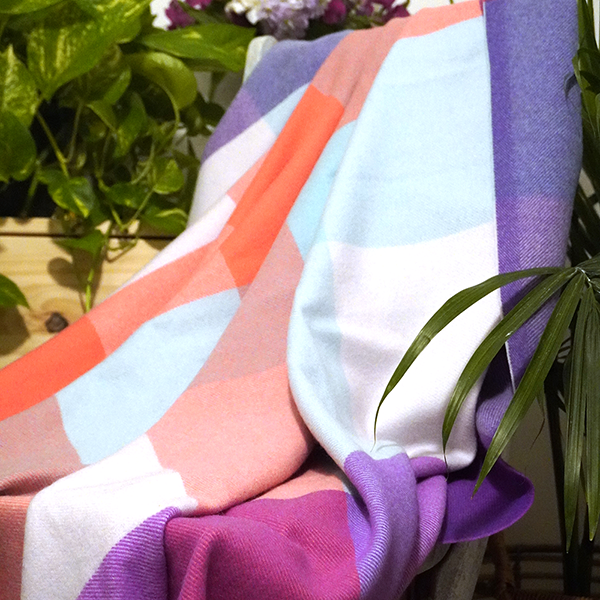In today’s fashion landscape, “sustainability” is everywhere. It’s stamped onto tags, woven into marketing copy, and highlighted in seasonal campaigns. But as the word becomes more common, its meaning becomes more diluted — even distorted.
So, what does sustainability really mean? And more importantly, what does it mean to us at Mongolian Gallery?
🌿 The Rise (and Dilution) of “Sustainable Fashion”
Sustainability entered the fashion industry’s vocabulary as a response to urgent concerns: pollution, overproduction, textile waste, and exploitative labor. The global fashion industry is responsible for 10% of annual carbon emissions and is the second-largest consumer of water worldwide (UNEP).
As consumer awareness and concern over consumption habits increased, so did the demand for more ethical and eco-conscious options. This shift encouraged many brands to respond — or at least appear to. Sustainability quickly became a marketing must-have, used to signal alignment with conscious values.
But not all efforts were rooted in transparency. In the rush to meet consumer expectations, terms like “sustainable” too often became marketing labels rather than reflections of meaningful practices. This tension has led to what’s known as greenwashing — when good-sounding language isn't backed by real action. It’s made it harder for all of us, as consumers, to know what’s genuine and what’s just branding.
In fact, a 2021 report by the Changing Markets Foundation found that 59% of sustainability claims by fashion brands were misleading or unsubstantiated.
🌾 What Sustainability Means to Us
At Mongolian Gallery, sustainability is not a buzzword — it's our founding commitment.
We define sustainability not only by how our products are made, but also by who makes them, where, and why. Our approach focuses on three interconnected values:
1. Natural Materials, Low Impact
We work exclusively with natural, organic fibers like Mongolian cashmere, wool, and leather. These are biodegradable, long-lasting, and far less polluting than synthetic alternatives like polyester or acrylic — both of which shed microplastics, leaching toxins into the skin and rely heavily on fossil fuels (Ellen MacArthur Foundation).
2. Human-Centered Production
We collaborate with women-led, small-batch producers in Mongolia, supporting fair wages, cultural preservation, and the preservation of generational craftsmanship. Many of these artisans own their own businesses or cooperatives, which means your purchase helps sustain real, local livelihoods, not faceless supply chains.
3. Longevity Over Trends
Sustainability also means resisting overconsumption. Our pieces aren’t made for just one season — they’re meant to be worn, loved, and passed down. We design with timelessness in mind, encouraging thoughtful purchasing over fleeting trends.
🧵 Beyond the Sales Pitch
When we say our products are sustainable, we don’t mean perfect — we mean intentional.
We recognize that sustainability in the fashion industry is complex, and the truth is: even natural materials come with their own environmental impact. For example, cashmere goats contribute to land degradation due to overgrazing, especially in parts of Mongolia where desertification is already a serious concern. Wool and leather production also use water and energy resources, and we’re mindful of how these materials are sourced and processed.
We don’t shy away from these realities — we face them head-on by choosing partners who care deeply about the land they live on and the legacy they leave behind. That means:
- Prioritizing small-batch production with ethical suppliers
- Partnering with workshops that use waste-minimizing techniques
- Exploring regenerative grazing practices and natural dyeing processes
- Supporting long-term livelihoods over fast profits
We aren't claiming to have it all figured out — but we are committed to doing better, every day. For the land, the people, and for future generations.
To us, sustainability isn’t a label. It’s a relationship — between product and purpose, between maker and consumer, and between people and the planet.
💬 What Does Sustainability Mean to You?
We’d love to hear your thoughts. For us, sustainability starts with reflection, not perfection. And the everyday choices we make — even small ones — add up.
Here are a few simple steps I personally take when shopping for a new dress, sweater, or handbag:
-
Read the label carefully. Is it really made of 100% natural materials? Or does it include just 5% organic cotton blended with synthetics? (In the U.S., a product can legally be labeled “cashmere” or “cotton” even if it contains only 5% of that fiber.)
-
Ask: Do I really need this? Will I wear it for a long time? Trends come and go, but knowing your personal style can help reduce waste and keep you from buying something you’ll only wear once.
We’re not here to preach — we’re here to grow together. Share your thoughts in the comments or connect with us on Instagram. Let’s keep the conversation going.




